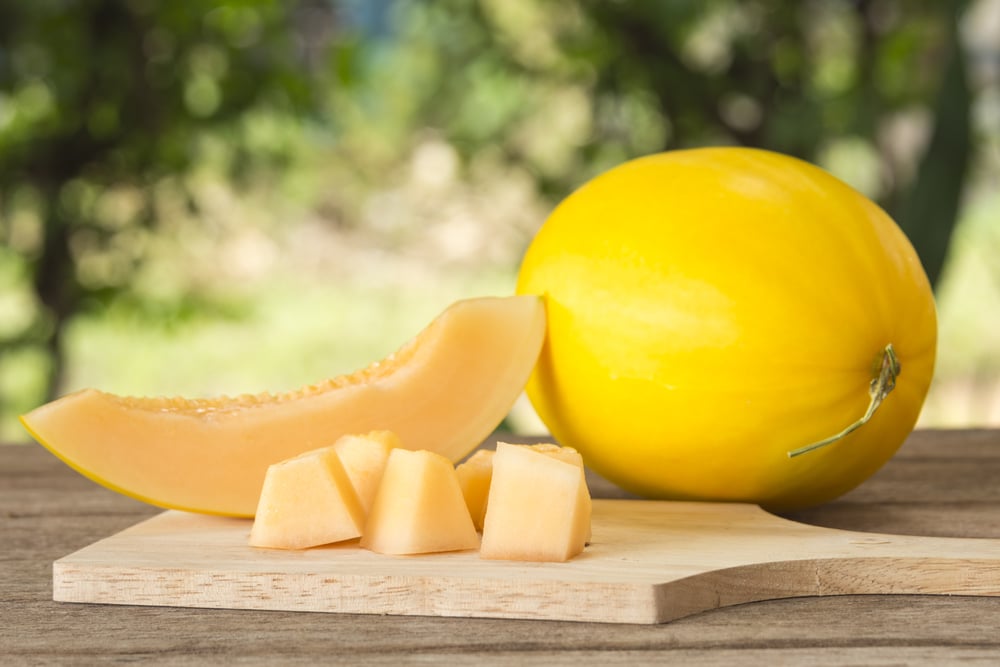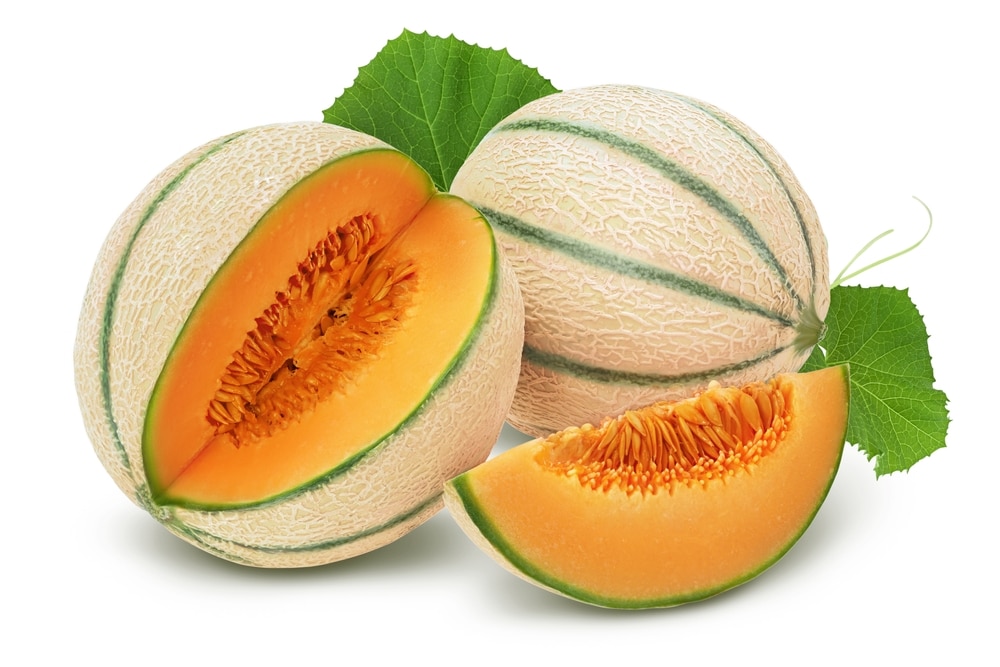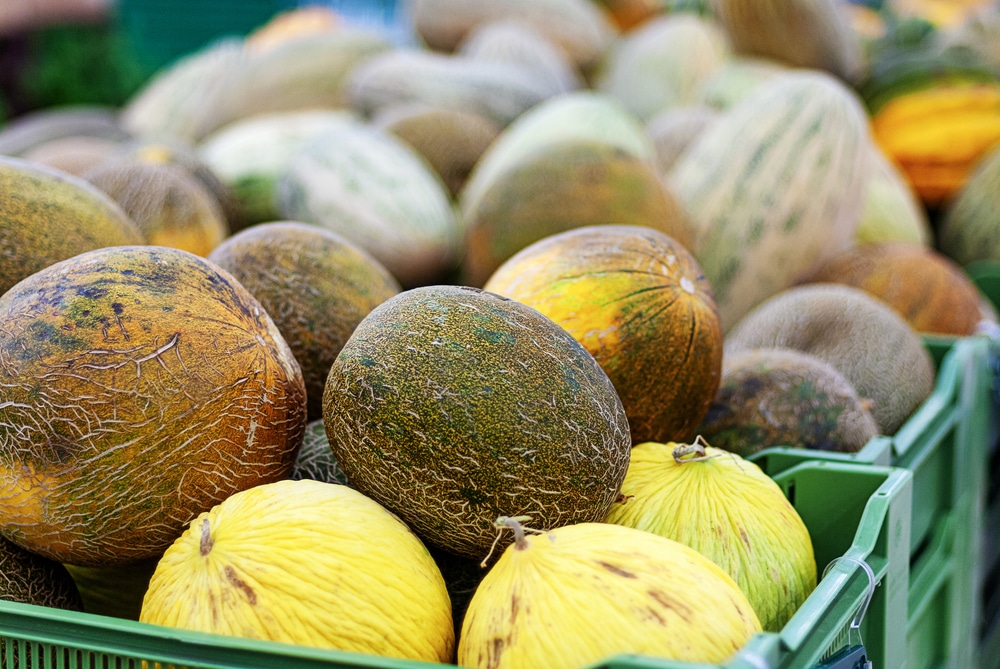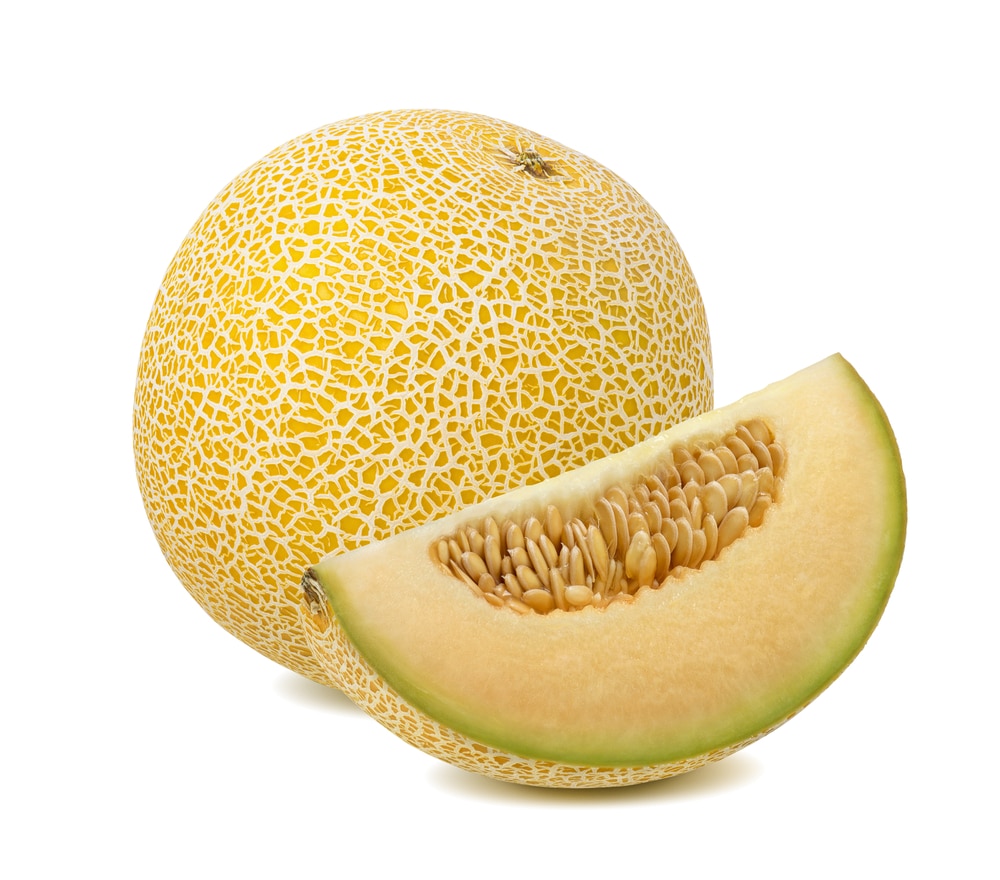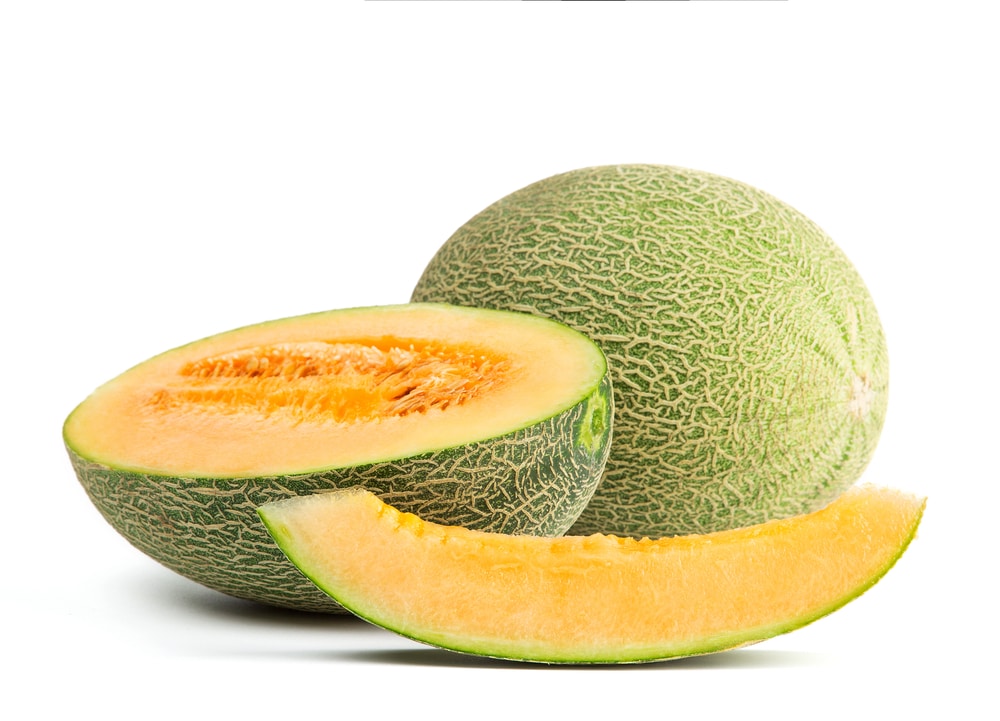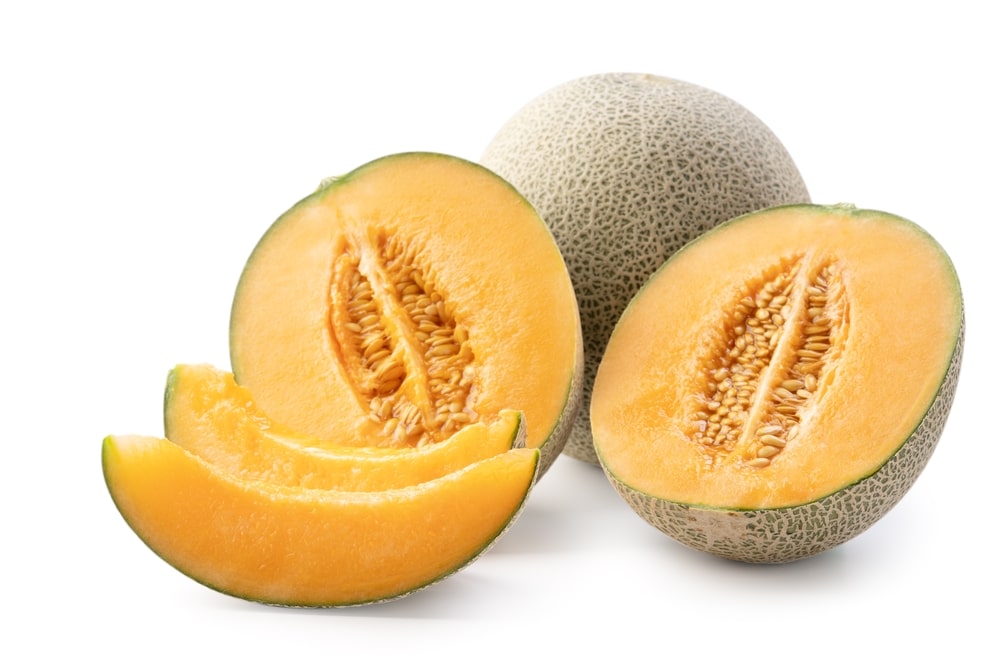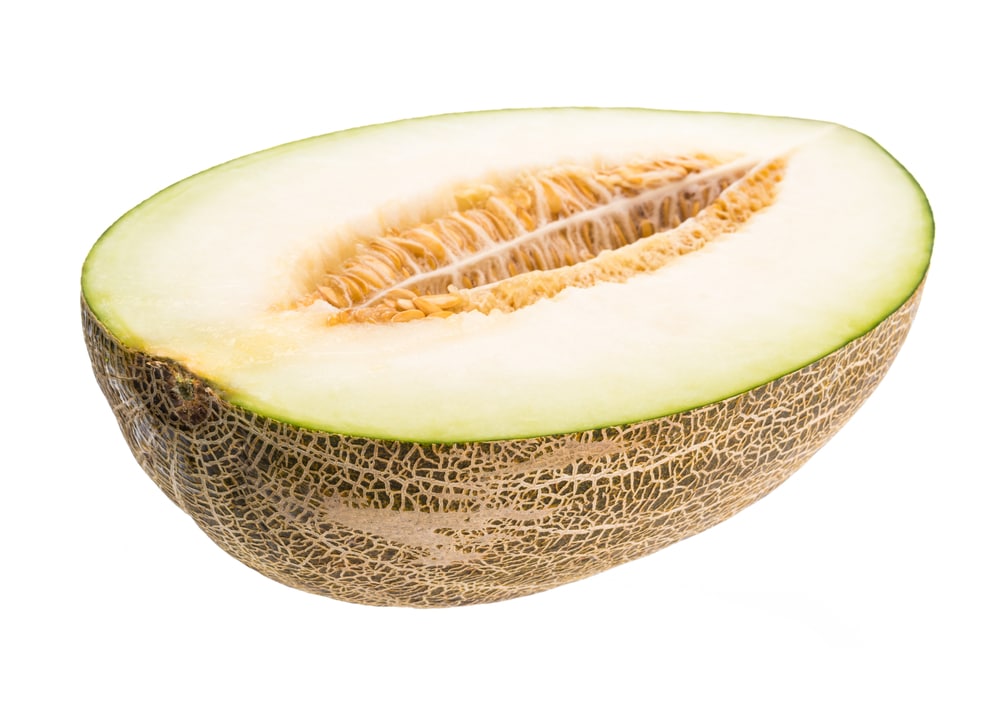Summertime and living are easy—especially when you have a bowl of sweet, juicy melons. Here’s a guide to some of the best varieties of summer melons to enjoy during the hottest months of the year.
This guide will introduce you to some of the most popular melon varieties. Let’s get started!
Summer melons
If you’re looking for a fun, summery project, consider growing your melons! There are many different types to choose from, each with its unique flavor profile.
Canary
Taste: Sweet and tangy
Description: The canary melon is a medium-sized fruit with a thick, yellow rind. Its shape resembles American Football. Its flesh is white and firm, and its flavor is mild and sweet. The rind of the canary melon is tough and thick.
The canary melon is native to Asia and has been cultivated for centuries. Today, it is grown in many parts of the world, including Latin America, Africa, and the Middle East.
Charentais
Taste: Sweet with floral undertones
Description: Charentais melons are a small variety of melons originating from France. This variety’s thin, smooth, hard rind is grey-green to pale green in color and has mottled dark green striations stretching from the stem to the blossom end.
The flesh of a Charentais melon contains a high sugar content mixed with mild acidity. When ripe, the flesh is aromatic and sweet. Charentais melons are typically eaten fresh but can also be used in salads or as part of a fruit platter.
Crenshaw
Taste: Sweet and mild with a tinge of floral flavor
Description: Crenshaw melons are large. Its shape resembles an acorn, with a thick, greenish-yellow rind. The flesh of this variety is orange to pink in color. It generally takes 120 days to mature.
The Crenshaw melon is a hybrid of the casaba and Persian melon. It was first grown in America during the 20th century. Today, it is also grown all over the world.
Galia
Taste: Sweet and rich
Description: Galia melons are a small variety of melons, averaging around 3-4 pounds. The rind is hard and thick, with a yellow to the orange base color. It is covered in rough, corky tan netting. The flesh ranges in color from white to light green. The melon was named after the breeder, Dr. Zvi Karchi’s daughter.
Galia melons are commonly used in salads and as a Garnish for other dishes. They can also be eaten on their own as a refreshing snack.
Hami
Taste: Delicately sweet and fruity
Description: Hami melons are a type of winter melon popular in East Asia. They are large fruits, typically weighing between 6 and 11 pounds. Hami melons are known for their firm, crunchy texture, and fragrant floral aroma. The aroma is released when the fruit reaches peak maturity.
Hami melons are typically eaten raw, either alone or in salads. They can also be cooked, which may change their flavor and texture.
When choosing a Hami melon, look for a fruit that is heavy for its size and has bright, uniform coloration. Avoid any fruit that has soft spots or blemishes. Hami melons should be stored in a cool, dry place. Once cut, they can be stored in the refrigerator for up to five days.
Honeydew
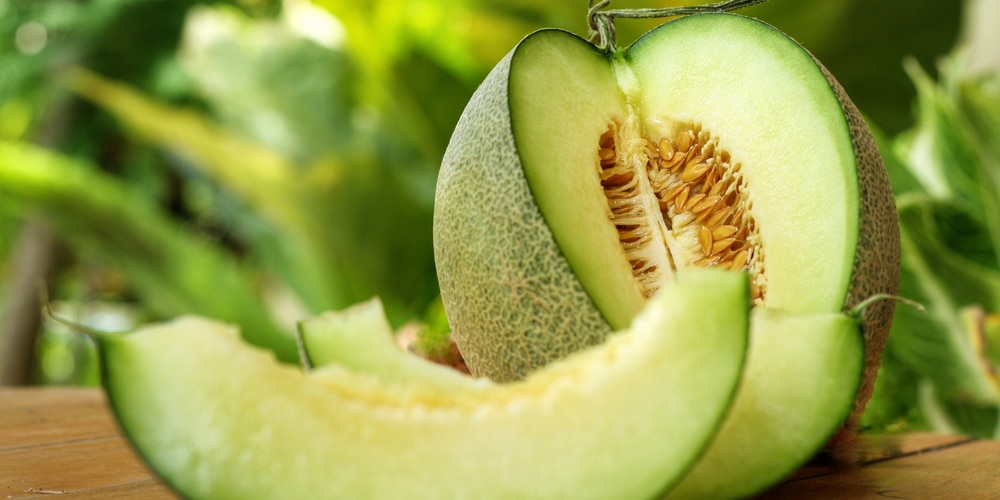
Taste: Sweet with hints of floral flavor
Description: Honeydew melons are a small variety of melons weighing 4 to 8 pounds. The round or oblong fruits have a smooth, greenish-white rind. The flesh is white or pale green and very juicy. It is a good source of fiber and vitamins A and C.
Muskmelon
Taste: Sweet with lingering floral tones
Description: Muskmelons are a type of cucurbit that produces fruits commonly known as cantaloupes. There are many different cultivars of muskmelon, which vary in shape, size, and color. Most muskmelons have a light tan netting over their exterior, and some have pronounced sutures, giving them a pumpkin-like shape. Muskmelons typically weigh between 5 and 8 pounds.
Sharlyn
Taste: Honey-like and floral
Description: All melons are lovely, but the Sharlyn is one of the most elegant and exotic varieties. It’s small to moderate in size, and it is oval to round shape makes it easy to hold in one hand. The thin rind is covered in rough, raised netting that gives it an interesting texture.
When the melon is young, the rind is dark to pale green. As it ripens, the rind transforms into a golden yellow hue. The flesh of the Sharlyn melon is ivory, white, or pale orange. It has an aromatic, semi-soft consistency that is similar to a watermelon.
Final Thoughts
Summer is the perfect time to enjoy fresh melons. With so many different varieties to choose from, there’s sure to be a type of melon that everyone will enjoy. Be sure to try a few different types of melons this summer and see which ones are your favorites!
Related Article: Are Cucumbers Melons?
